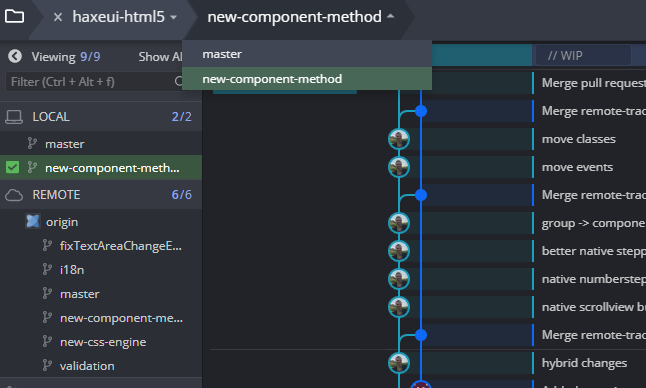Hi Ian,
I am long time Adobe flashbuilder dev.
I love your work on HaxeUI.
I am trying to do proof of concept so I can look at doing project/development on HaxeUI.
In a mark up, I have declared a handler and am trying to do some http reqursts.
I seem to be getting stuck in simply referring to haxe.Http class.
I’ve tried an ‘import haxe.Http’ at the top of the script,
I tried using the module/scriptlet to load the class as a resource.
No go.
When I run/debug with flash player is says variable ‘Http’ is not valid.
eg.
//import haxe.Http;
function doload(dummy) {
Screen.instance.messageDialog('test1', 'Dialog window');
var http = new Http("http://localhost:3339/status");
...
NOTE: When I used the same code in the Main.hx before the markup is loaded it works fine.
I know the even is firing since the dialog is poppup up.
Help please?
Thanks
Javy
